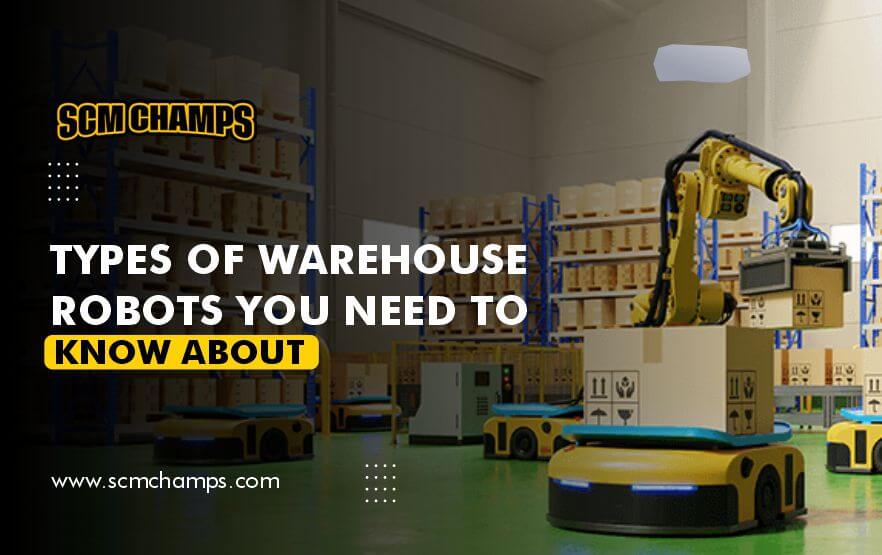
As technology continues to transform the world we live in, the use of warehouse robots has become increasingly popular in automation. With various types of robots that can perform a wide range of tasks, it can be overwhelming for businesses to choose what they need to invest in. Here, we’ll explore some of the different types of warehouse robots along with their unique features:
Autonomous Mobile Robots (AMRs)
Autonomous Mobile Robots, or AMRs, are self-navigating robots that use advanced sensors and specialized software to navigate through a warehouse environment. AMRs are exceptionally versatile and can transport items or products from one location to another with ease.
Automated Guided Vehicles (AGVs)
Automated Guided Vehicles, or AGVs, are similar to AMRs in that they can navigate through a facility on their own but use magnetic tape, wires or sensors as a guide. This type of robot is perfect for material handling and can be programmed to operate in a specific pattern.
Collaborative Robots (Cobots)
Collaborative robots, or Cobots, have become increasingly popular due to their ability to work alongside human operators. These robots are programmed to perform specific tasks that may be hazardous or tedious to perform for humans, ultimately resulting in a safer working environment. Cobots are versatile and can be used in picking and packing processes, as well as other manual labor tasks.
Automated Storage and Retrieval System (ASRS)
Automated Storage and Retrieval System, or ASRS, is a form of robotic technology that positions and retrieves items from designated warehouse shelves. This system uses vertical lifts, conveyors, and cranes to move inventory, speeding up the retrieval process in a cost-effective way. They are ideal for businesses with limited warehouse space.
Automated Picking Systems
Automated Picking Systems heavily rely on robotics to provide a fast and accurate system for picking and packing items. They are equipped with computerized systems that can detect the item's location, size and weight, and select the correct item with accuracy. This automation has resulted in increased efficiency and reduced errors in the order picking process.
By incorporating any of the above-mentioned robots or a combination thereof, businesses have the potential to reduce time, save on labor costs, improve productivity and efficiency, ultimately resulting in higher customer satisfaction. Warehouse robots have become an essential ingredient in the automation process, and investing in the appropriate type of robot can result in significant advantages for any business.


